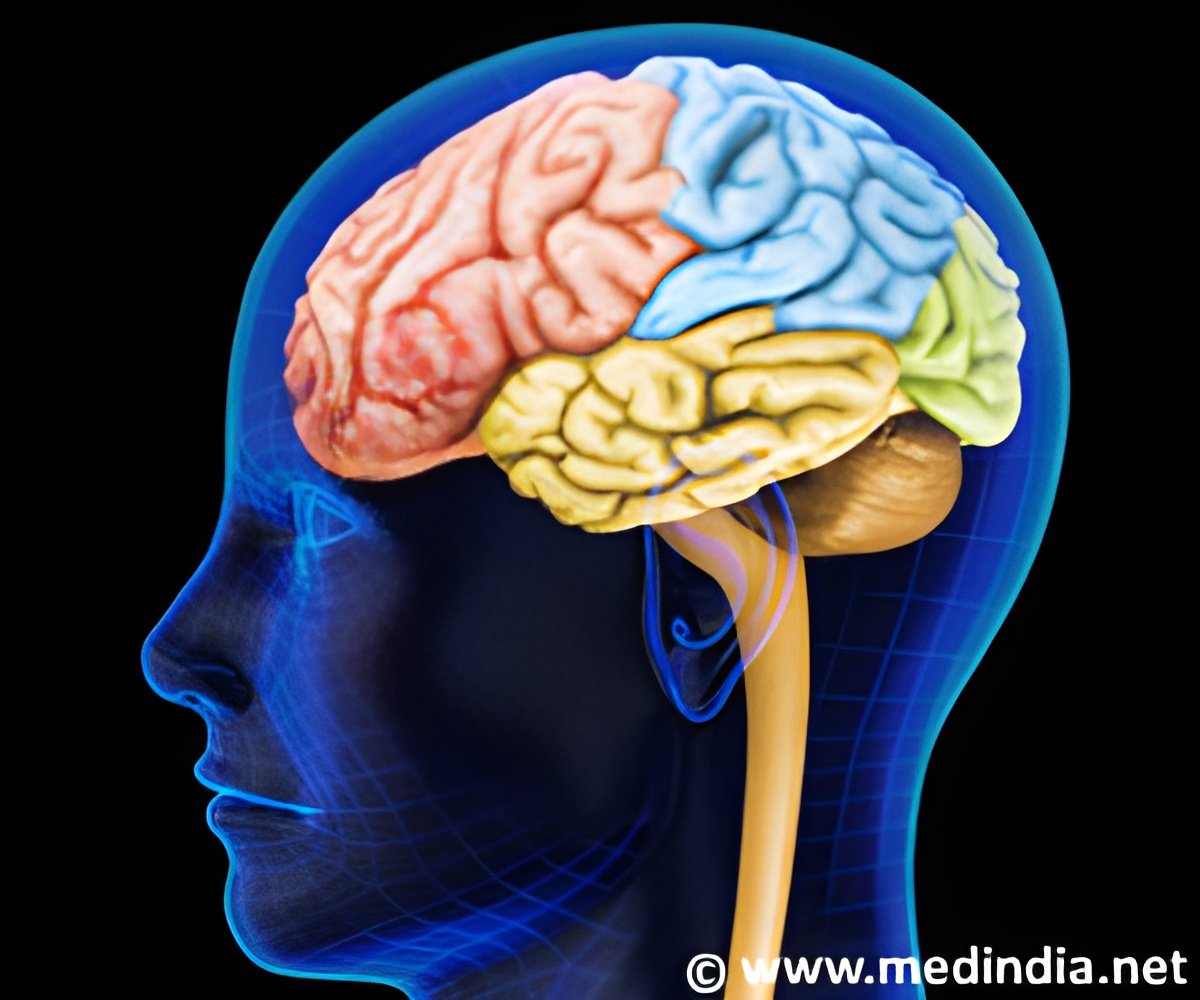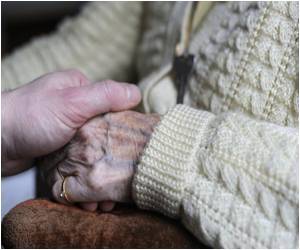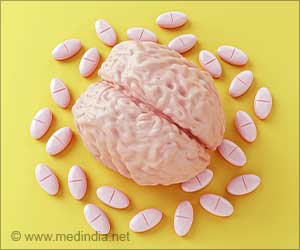Converging signs of pure altruism and behavior that increase with age in the brain have been identified by researchers at University of Oregon.

‘Signs of pure altruism and behavior that converge in the brain and increase with age have been identified by researchers.’





Their goal was to find a sweet spot where altruism is done for the simple joy of seeing others benefit without expecting personal rewards or recognition, said Ulrich Mayr, head of the UO Department of Psychology and lead author on a paper online ahead of print in the Journal of Experimental Psychology: General. In an experiment with 80 men and women, ages 18-67, all with similar work and life experiences, the participants made real decisions about either giving cash to a charity or keeping it for themselves. This method, said co-author William T. Harbaugh, was based on a basic principle of economic research: "Look at what people do, not what they say."
The researchers also used functional MRI to look at brain regions associated with value and rewards as each subject watched various scenarios involving money going either to themselves or to charities. The participants also took detailed psychological assessments of their personality traits.
Replicating an earlier study by Mayr, Harbaugh and UO doctoral student Daniel Burghart and published in the journal Science in 2007, the results showed that for some people neural reward areas were more active when money went to themselves than to charities. This, Mayr said, can be interpreted as a self-interested neural response.
Others showed more neural reward when they witnessed money going to a charity. These individuals, whose neural responses suggest altruistic tendencies, also gave more money when they had a choice. They also showed a stronger expression of pro-social personality traits.
Advertisement
General benevolence is more strongly expressed in the second half of the life span, the researchers found. People older than 45 receive more neural reward from seeing others better off, they give more money away and they score higher on pro-social personality traits than those under 45.
Advertisement
Religiosity also showed a moderate, positive relationship, but gender, political orientation and annual income did not. The finding that income was not a factor, the researchers said, indicated that the correlation they saw with age "was not simply due to older adults being generally wealthier."
The approach also made it possible to identify brain areas associated with each of the different behavioral signs of general benevolence and where they converge, said co-author Jason Hubbard, a doctoral student in psychology.
Since general benevolence increases with age, Mayr said, it suggests the possibility that life experiences may plant the seeds of pure altruism in people, allowing them to grow into the desire to contribute to the public good.
"There has been a lot of interest in the role that personality plays in important policy goals," said co-author Sanjay Srivastava, a professor of psychology. "There are two big questions: what affects how personality develops, and what are the consequences of developing in different ways?"
"This research is part of that second prong: It gives us a deeper look at the people who give to charity and altruistically contribute to society," he said. "If as a society we want to strengthen communities and have a world where people look out for each other, we can go back and ask what kinds of policies and social conditions can help people get there."
The new study used the costly MRI technology on 80 subjects versus the pool of 19 in the earlier study. While the higher number of subjects helps make the case that the findings are robust, Mayr said, larger studies still are needed to gather more confirmation on the group's conclusions.
Source-Eurekalert













